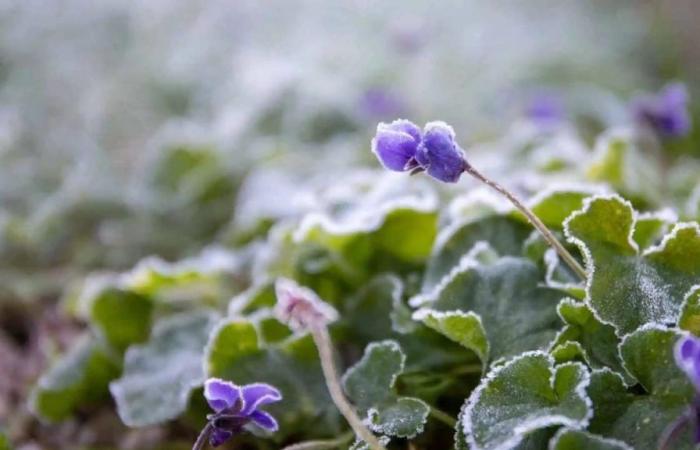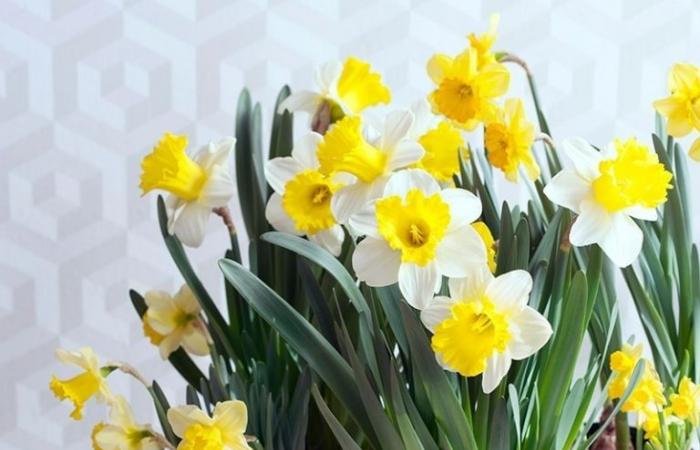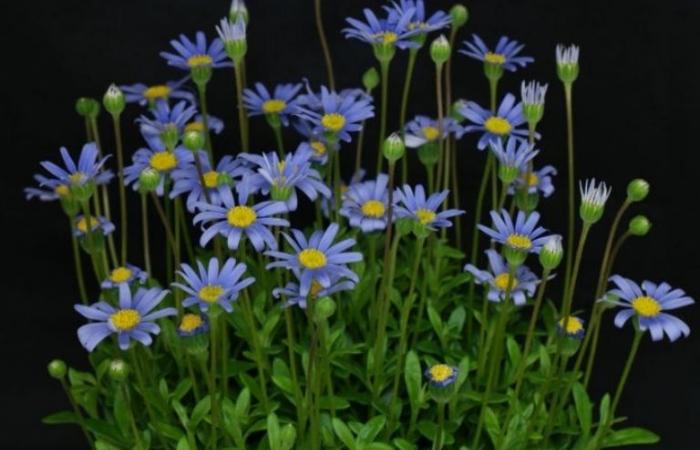The floors that bloom in winter are a wonderful spectacle that defies the cold and brings color and life to the bleakest gardens. Despite the low temperatures, there are a variety of species that dare to show their flowers during this season, as a sign of the resistance and adaptability of nature.
Among them, the Chrysanthemum is known for its ability to bloom even in winter, if it is provided with adequate care, such as regular fertilizer and protection from drafts. Amaryllis, with its origin in warmer climates, surprises thanks to its adaptability and its range of vibrant colors that include red, pink, white, orange and yellow. On this occasion, we will focus on 4 plants that dazzle this season, and we will pay attention to the care you should take with each of them.
The Hellebore, also known as Hellebore or Christmas Rose, is a plant that stands out for its ability to flower in winter, offering a spectacle of colors when few floors They do. To maintain its beauty and health, it is important to provide it with specific care. It prefers indirect light and a moist, nutrient-rich substrate, with watering that keeps the top centimetre of soil constantly moist being essential. This plant can be reproduced by division or by seed during the autumn. It is a low maintenance plant, but sensitive to extremes; Therefore, it is crucial to avoid both excess water and prolonged dryness. The leaves of the hellebore, which remain year-round, are prized in garden design for their arrangement in bunches and, in some varieties, for their distinctive patterns and colors. However, it is important to handle these plants with care, since all Hellebores species are toxic due to the alkaloids they contain, which can cause contact dermatitis. Therefore, it is recommended to use gloves and long sleeves when handling them.
The Narcissus is a bulbous plant that stands out for its beauty and fragrance, symbolizing the arrival of spring. Native to temperate areas of Europe, Asia and Africa, these plants require specific care to bloom properly. It is important to provide it with a bright location and protect it from extreme temperatures, maintaining an ideal temperature between 15 and 17 ºC. Irrigation should be moderate, avoiding waterlogging of the soil, which should be light and well drained, enriched with organic matter or fertilizer to floors with flower After flowering, it is advisable to leave the bulbs in the ground so that they can bloom again the following season. With this care, Daffodils can adorn any garden or pot, adding their unique charm.
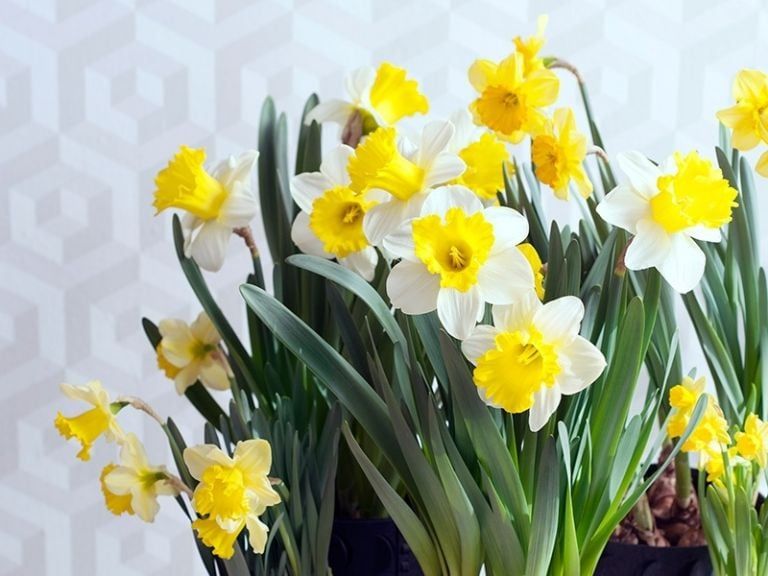
Agatea, scientifically known as Felicia Amelloides, is a plant that stands out for its blue flowers with yellow centers. Originally from South Africa, it is ideal for borders, flowerbeds and as an indoor or terrace plant, as long as it is in a well-lit place. It requires exposure to full sun or intense light, if it is indoors, and thrives best in temperatures ranging between 15 and 25 °C, without resisting frost or intense cold. The soil should be well-drained, fertile and of medium texture. During the summer, it is recommended to water it abundantly, reducing the frequency in the rest of the year. To maintain its flowering, it is advisable to fertilize every 15 days with mineral fertilizer. It is not prone to pests and diseases, and can be easily propagated by cuttings in autumn or spring.
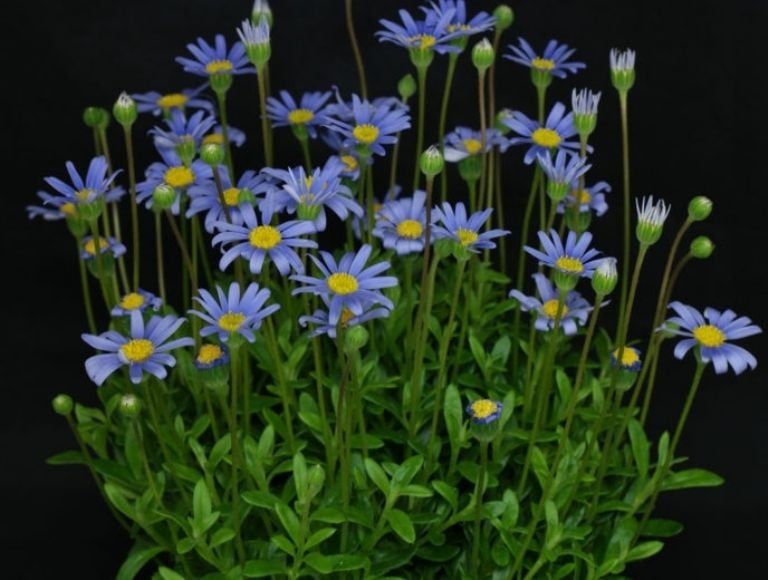
Lastly, Winter Lilies are a popular choice for adding beauty to any garden or indoor space, thanks to their colorful and fragrant flowers. To properly care for them, it is important to provide them with a location that receives indirect light or semi-shade and keep the soil well-drained to prevent waterlogging. During the colder months, it is crucial to protect the bulbs from the cold with a layer of straw or similar material.. In addition, it is advisable to remove wilted flowers and damaged leaves to promote healthy growth and avoid diseases. With proper watering, avoiding soil saturation, and a balanced fertilizer during the growing season, your plants will thrive. floors Winter Lilies will bloom year after year, bringing a touch of color and nature to your surroundings.

Without a doubt, there are many species that can bloom at this time of year, the fundamental thing is to provide them with specific care so that these floors leave more than one speechless when they visit your home.

